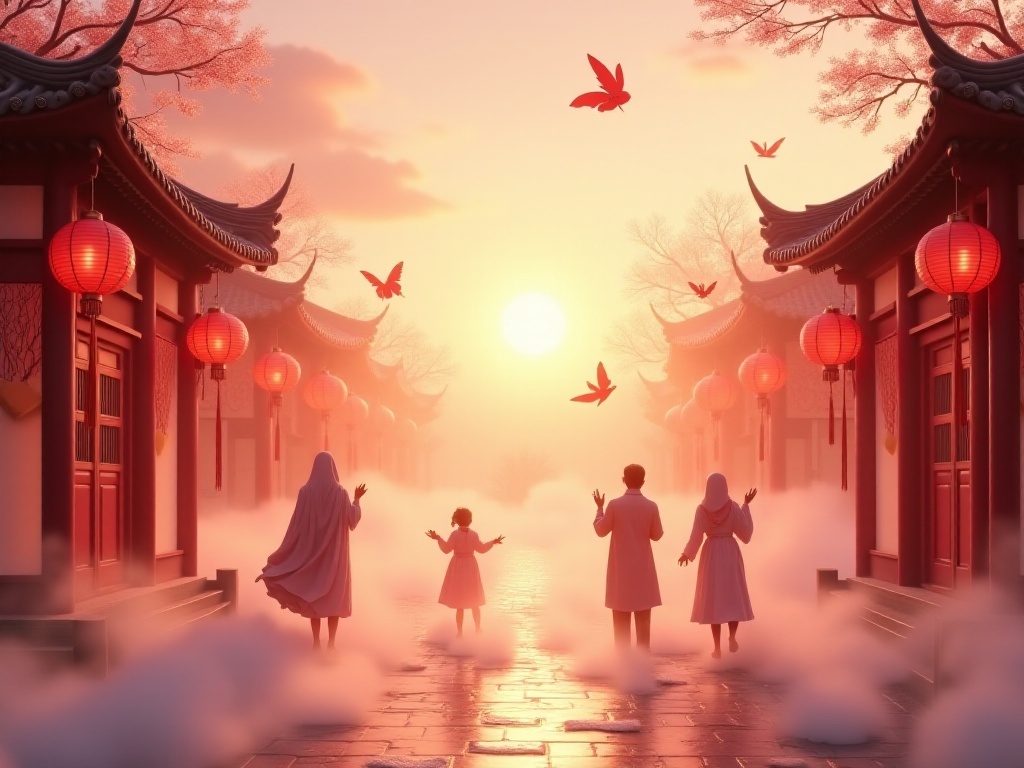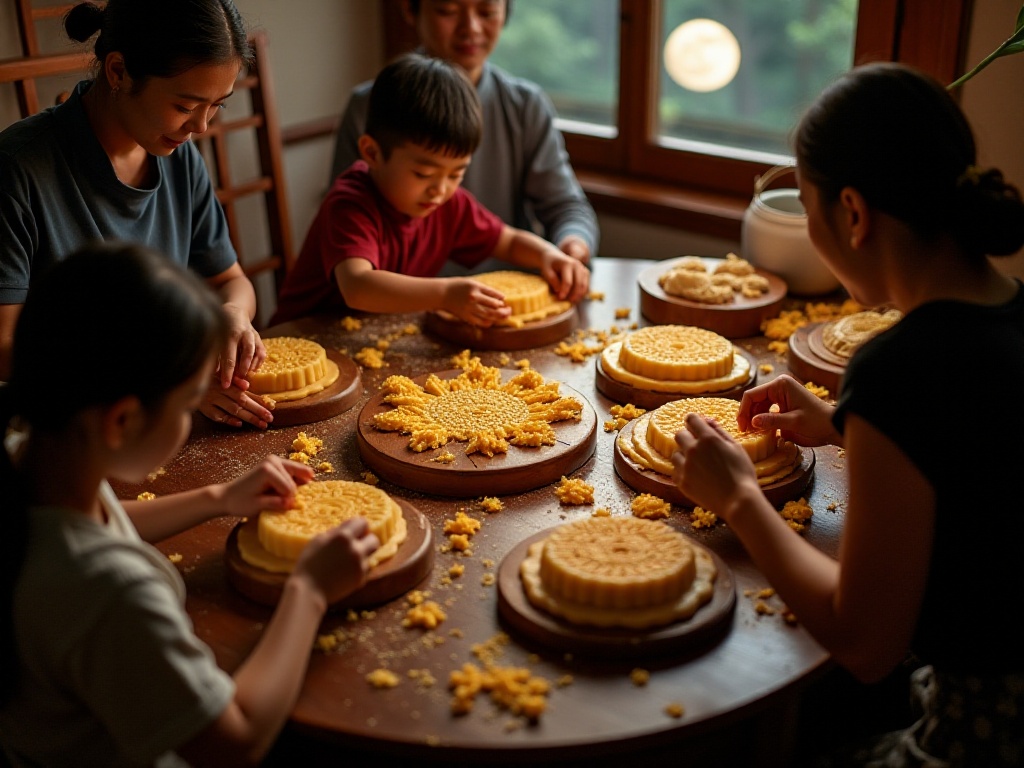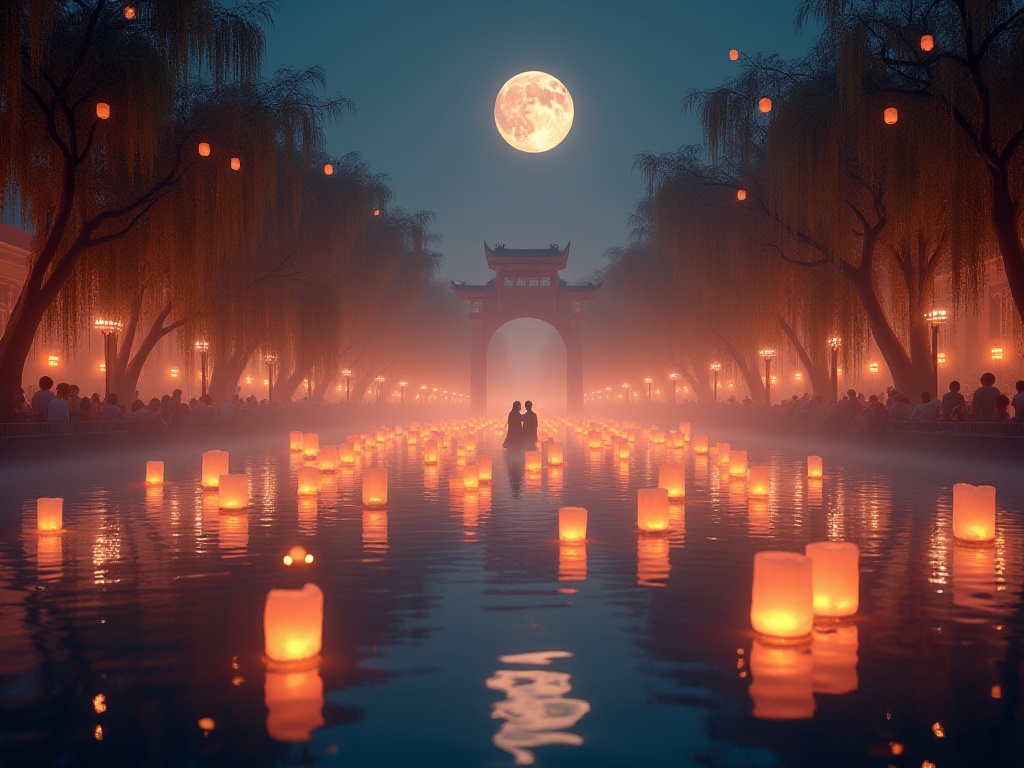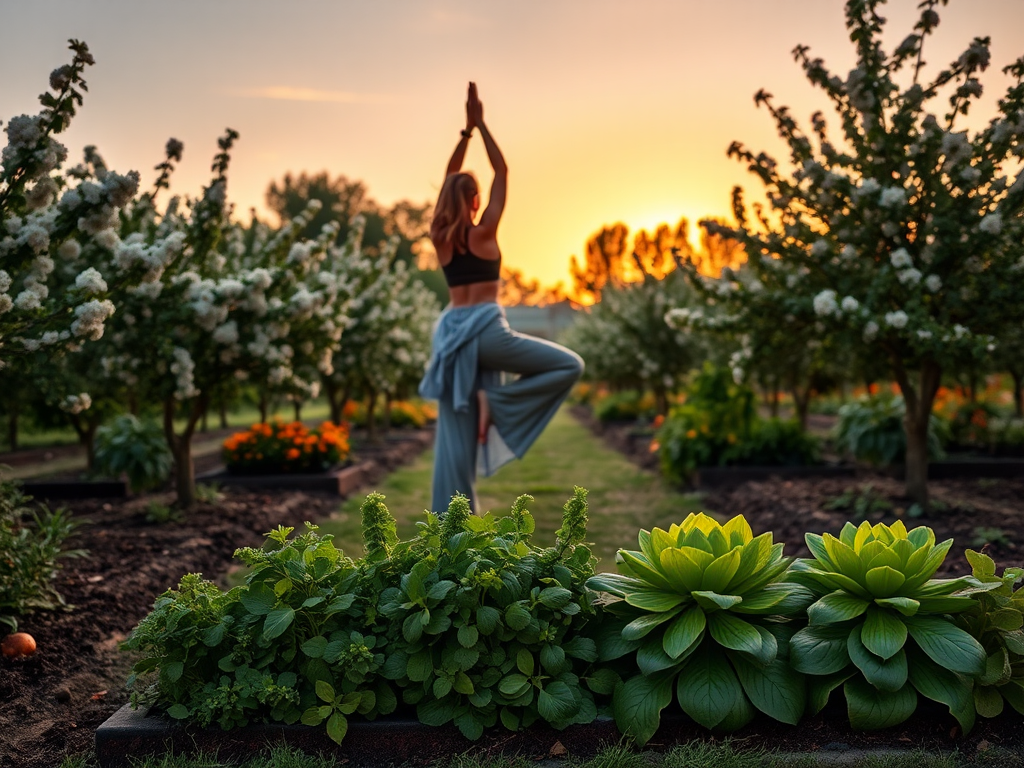Opening Chat
Recently, while chatting with friends on social media, we discussed Spring Festival and Lantern Festival customs. I discovered that although we young people have grown up eating dumplings and tangyuan, many know little about the cultural significance behind these foods. As a post-95 generation person who grew up in China, I feel it's necessary to share my understanding and insights on this topic.
Origins of Dumplings
Dumplings, this traditional food that has accompanied us for thousands of years, has a particularly interesting history. Looking through history books, we can trace it back to Zhang Zhongjing during the Eastern Han Dynasty. When he saw many poor people suffering from frostbite due to severe cold, he invented "jiao'er" to treat them. This "jiao'er" was the prototype of our modern dumplings. Speaking of this, I can't help but admire the wisdom of the ancients. They not only invented such delicious food but also gave it unique meaning. The shape of dumplings resembles ancient yuan bao (silver ingots), which symbolized "attracting wealth and treasure" in ancient times. Every time I see these historical origins, I'm amazed by the profound depth of Chinese culture.

Cultural Code
The tradition of eating dumplings during Spring Festival has many considerations behind it. I remember when I was young, I was always curious why my mother was so particular about filling the dumplings generously. Later I learned this actually implied wishes for "abundant food and clothing." In the North, especially in my hometown, there's an interesting tradition on New Year's Eve. Adults deliberately put a coin or a big date in one of the dumplings, and whoever eats it is predicted to have especially good luck in the coming year.
Thinking about it now, this ritualistic custom is quite romantic. Although it might just be a small surprise, it adds much joy to ordinary life. I remember one New Year's Eve when I got that "lucky dumpling" with the coin - although I nearly broke my tooth, the excitement is unforgettable. Everyone said I had particularly good luck that year, and my test scores did improve dramatically - who knows if it was really thanks to that "lucky dumpling."
Tangyuan Culture
After discussing dumplings, let's talk about the essential Lantern Festival food - tangyuan. The older generation often says: "Round moon, round people, round everything," and this word "round" has great significance in Chinese culture. The round shape of tangyuan and its soft, sweet taste perfectly interpret the wonderful meaning of "family reunion."
Now when you walk into supermarkets, the varieties of tangyuan are dazzling. From traditional black sesame and peanut fillings to trendy matcha and chocolate flavors, and even fruit and milk tea innovative varieties. Although the flavors have become more diverse, the wish for reunion remains unchanged. I remember last Lantern Festival, my roommates and I cooked tangyuan in our dorm and had a tasting party with various flavors. Although away from home, eating hot tangyuan while watching our families' smiling faces on video was particularly heartwarming.

Festival Evolution
As times rapidly change, our way of celebrating festivals is also quietly changing. Young people today might prefer to meet friends at malls or restaurants rather than gathering with family to make dumplings like before. But have you noticed that whether it's Michelin restaurants or street vendors, dumplings and tangyuan are always on the menu during Spring Festival.
This change is quite interesting. Recently, I saw creative matcha-filled dumplings and tangyuan with Western ingredients at a trending restaurant. Although these innovations might be criticized by traditionalists, I think this exactly shows the strong vitality of our traditional foods, which can keep up with the times and reveal new charm.
Modern Interpretation
In this internet age, traditional customs have taken on new forms. Last year, I saw a viral video of young people holding an online dumpling-making competition. People chatted while making dumplings through livestream, commenting on each other's dumpling aesthetics. This novel format makes traditional culture more approachable and easier for us young people to accept.
I've participated in similar activities myself. Once I made dumplings with long-distance friends over video chat, and although we were separated by screens, the joyful atmosphere was no less than being face-to-face. The funniest part was when we photographed our variously shaped dumplings and shared them in the group chat, voting for the "ugliest dumpling" and "most beautiful dumpling," which resulted in endless laughter.
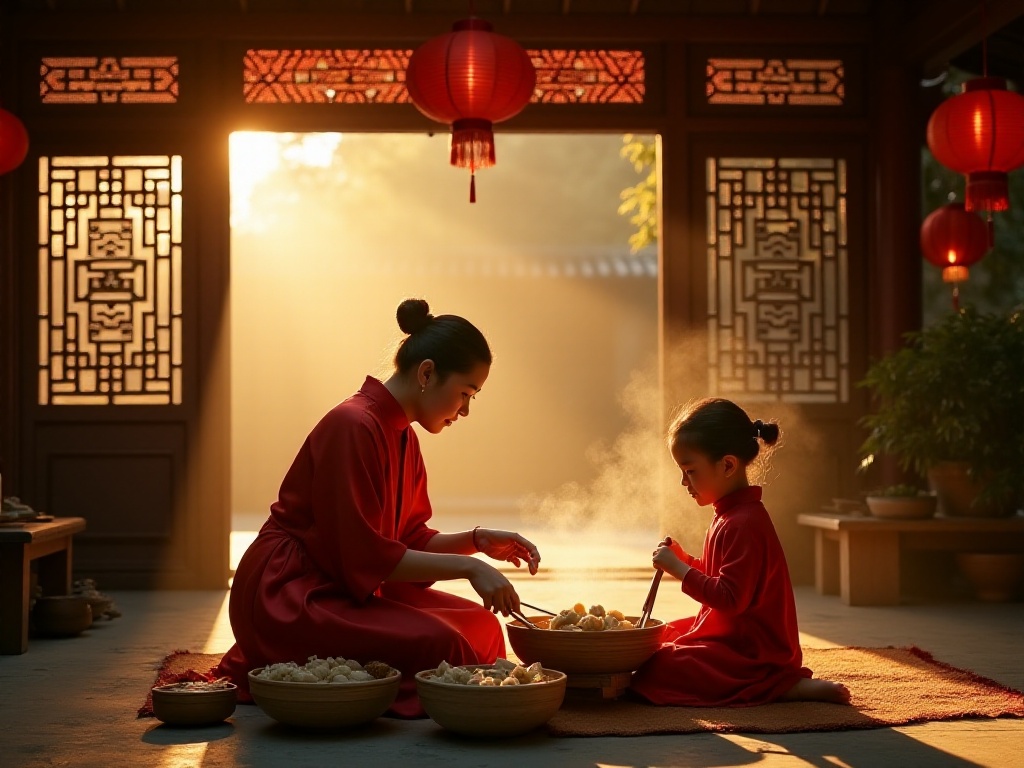
Culinary Wisdom
Thinking carefully, there's much wisdom in our traditional festival foods. Take dumplings for example - the Winter Solstice and Spring Festival are the coldest times of the year, and eating a bowl of hot dumplings not only warms the body but also provides various nutrients the body needs. The ancients choosing to eat dumplings at this time was definitely not a random decision.
As for eating tangyuan during the Lantern Festival, it comes just as winter is ending. Sweet tangyuan not only nourishes the body but brings joy as spring approaches. Although there are many varieties of tangyuan in the market now, traditional black sesame and peanut fillings remain most popular, perhaps because these ingredients themselves have nourishing properties.
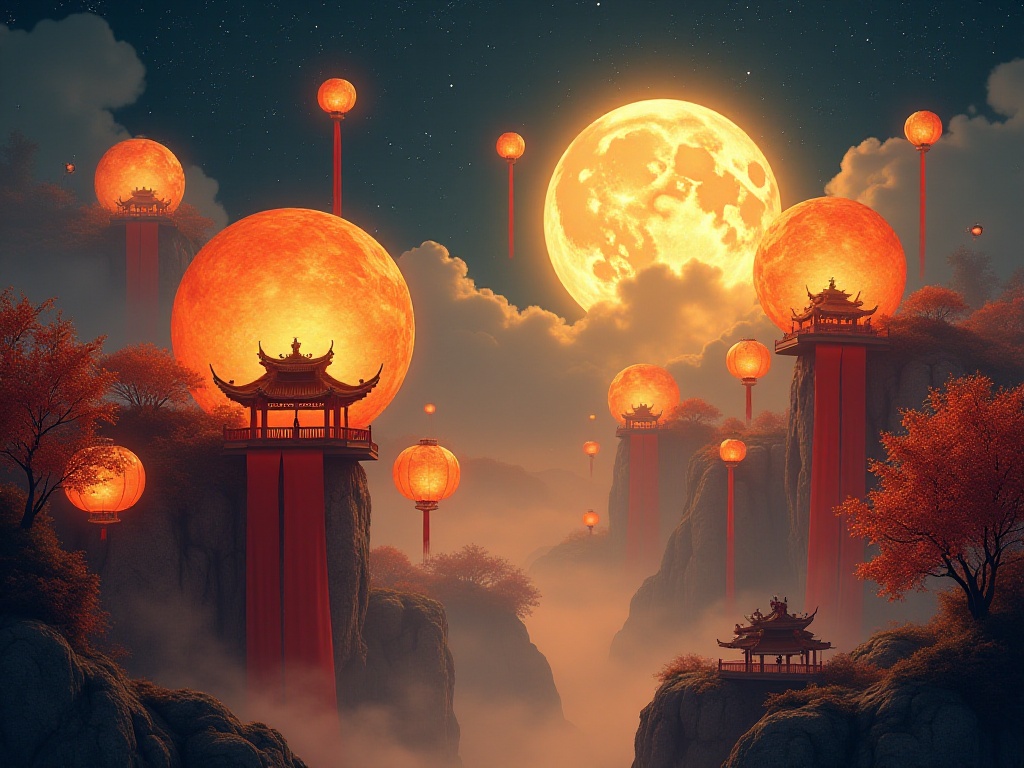
Message for the Future
As young people of the new era, how should we inherit these traditional customs? I often think about this question. I believe we shouldn't be too rigid about the form; what's important is understanding and passing on the core spirit. For example, even if we can't always make dumplings by hand, we can express our longing for family and hopes for a better life in other ways.
Many young people now work far from home and may not have time or conditions to follow traditional customs. But I've noticed many use video calls and social media to share festival joy with family. These new forms of expression carry the same expectations for family reunion.

Concluding Thoughts
Writing this, I can't help but recall the warm scenes of making dumplings with my grandmother when I was young. I remember being mischievous, shaping the dough into various animal shapes and getting filling everywhere. Grandmother never got angry, just watched me play with a smile, then taught me how to make prettier dumplings.
Back then, I might not have understood cultural inheritance, just simply enjoyed happy times with family. But thinking back now, it was these ordinary moments that made me deeply appreciate the charm of traditional culture. It's not lofty preaching, but rather the little things in life that unknowingly warm our hearts.
Looking Forward
Looking ahead, I think passing on festival culture should be a natural thing, not a heavy burden. Perhaps future Spring Festivals will have more novel forms, like VR family dinners or 3D-printed dumplings - who knows? But as long as we remember the beautiful meanings behind these customs, this culture will continue to be passed down endlessly.
I recently saw news about someone developing an intelligent dumpling robot that can automatically make perfect dumplings. Although it lacks the human touch compared to traditional handmade dumplings, perhaps this is an attempt to combine traditional culture with modern technology. What will future festival culture look like? I'm looking forward to it and hope to contribute to passing on traditional culture.
No matter how times change, I believe these traditional festival cultures will never disappear as long as we still hold that yearning for a better life and cherish family bonds. They will continue to exist in various new forms, warming the hearts of generation after generation.




